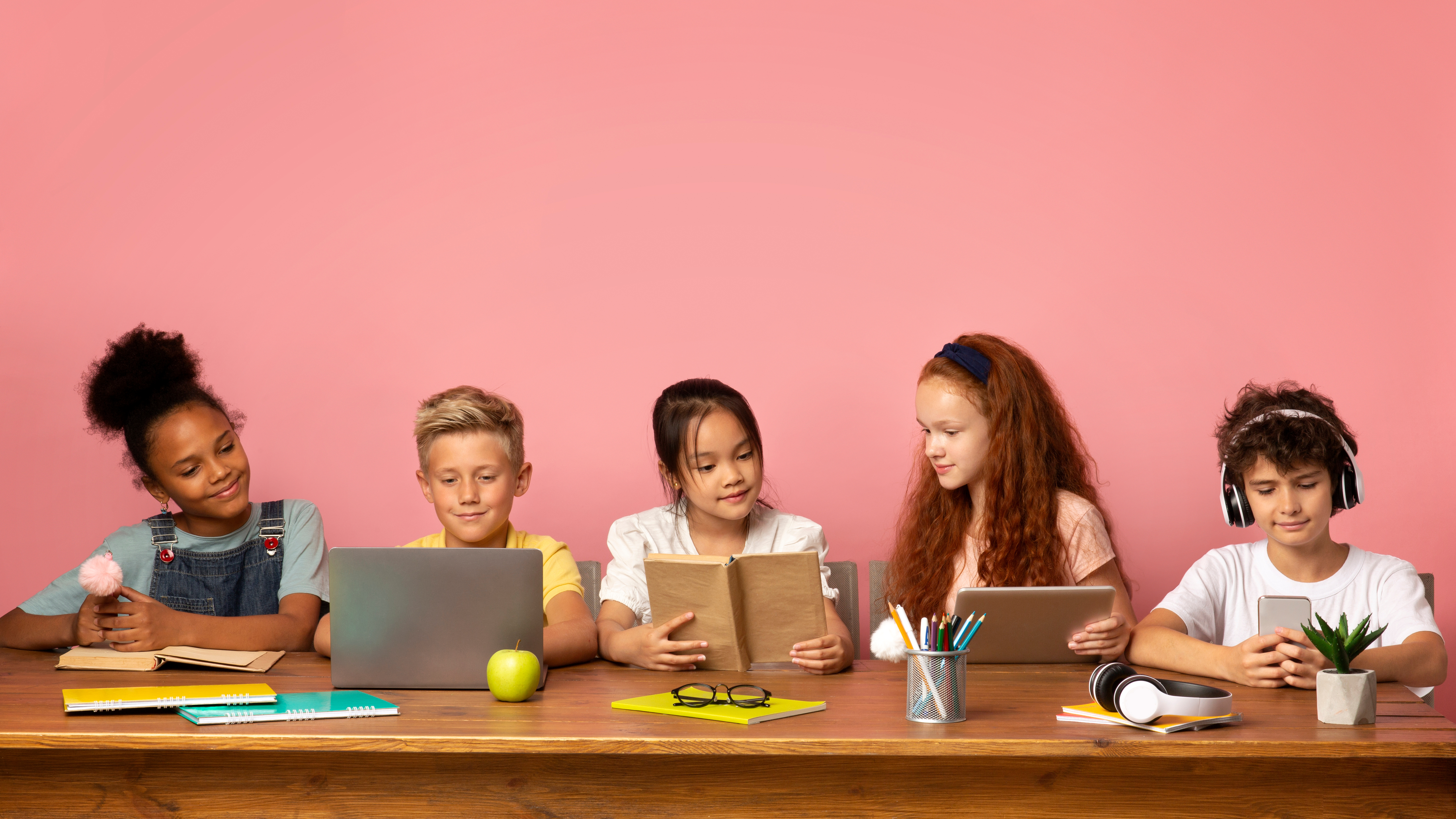Harnessing The Power Of Multiple Modalities Enhances Academic, Cognitive And Sensori-Motor Student Outcomes
 Applying Universal Design for Learning (UDL) principles to education tools is necessary to empower students to access and engage with educational content in ways that best suit their individual needs, fostering equitable and effective learning outcomes.
Applying Universal Design for Learning (UDL) principles to education tools is necessary to empower students to access and engage with educational content in ways that best suit their individual needs, fostering equitable and effective learning outcomes.
One of the core principles of Universal Design for Learning (UDL) is the offer of Multiple Means of Representation. One the one hand, multiple means of representation refers to the provision of diverse formats, such as visual, auditory, and textual which caters to the varied learning preferences and strengths of all students. Some learners may excel in visual processing, while others may prefer auditory or textual modes of information intake.
On the other hand, UDL also refers to multimodality enabled by the ability of students to interact with their environment using multiple modes such as gestures, stylus pen, mouse, touch, and touchless input methods.
Multimodality supports differentiated instruction by providing these various ways for students to demonstrate their knowledge and skills. Some students may excel in expressing themselves through gestures or drawing, while others may prefer typing or using a stylus. By accommodating different modes of interaction, multimodality allows students to showcase their learning in the way that best suits them, promoting self-expression and creativity.
Examples of devices in classroom that facilitate multimodal interaction in education include:
- Mouse and keyboard devices: Traditional computer input devices like mice and keyboards provide precise control and input for interacting with education tools.
- Touchscreen devices (interactive panels & tablets): These devices allow students to interact using touch gestures, such as tapping, swiping, and pinching, enabling intuitive and direct manipulation of content. Especially, those devices equipped with stylus input, such as certain tablets or interactive whiteboards, enable precise and pen-like interactions, supporting handwriting, drawing, and annotation.
- Touchless devices & gesture recognition devices: Motion-sensing devices, such as Kinect or other depth-sensing cameras, as well as or eye-tracking devices can capture and interpret students' gestures, allowing them to control and interact with educational content through body movements without physical touch.
All of these activities also exercise the neuropathways between body and mind forming connections that help students explore their body in the environment. Gross and fine motor practice is an added important benefit to the direct interaction with content using sensory input.
Amidst the abundance of hardware in classrooms, primarily acquired to address the emerging instructional needs during the pandemic, technological advancements and evolving learner requirements compel education providers and teachers to venture into new avenues for incorporating multimodal teaching and learning approaches. These tools can be challenging to manage along with implementing the required curriculum.
What if we have digital education tools that could promote multiple means of representation and multimodality like Kinems?
By offering multiple means of representation and multimodality, both neurodivergent and neurotypical students can enhance their engagement, motivation and retention of content/concepts. Thus, incorporating multimodality to implement UDL fuels better learning and cognitive outcomes in addition to creating a more inclusive and personalized learning experience for all.